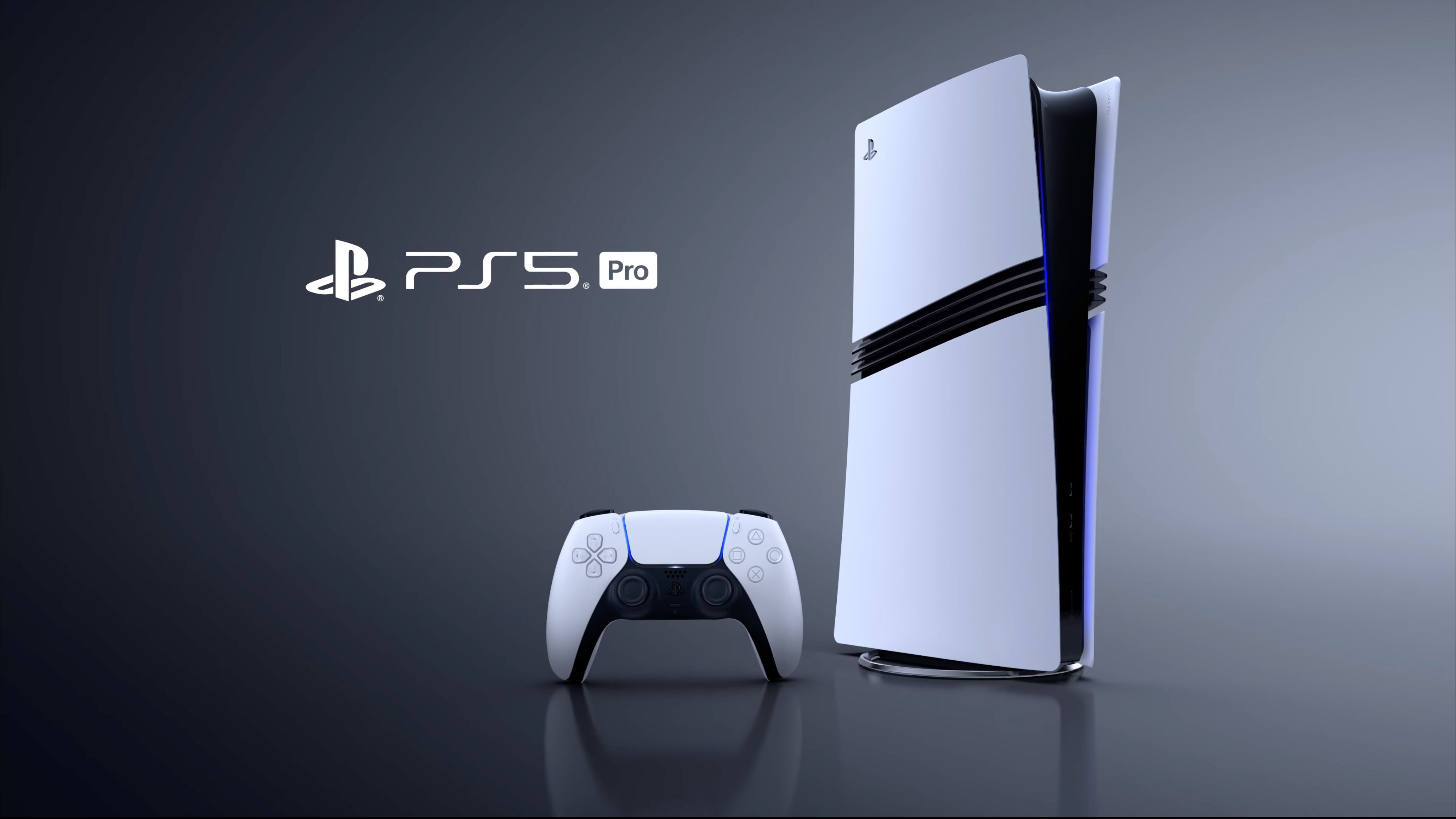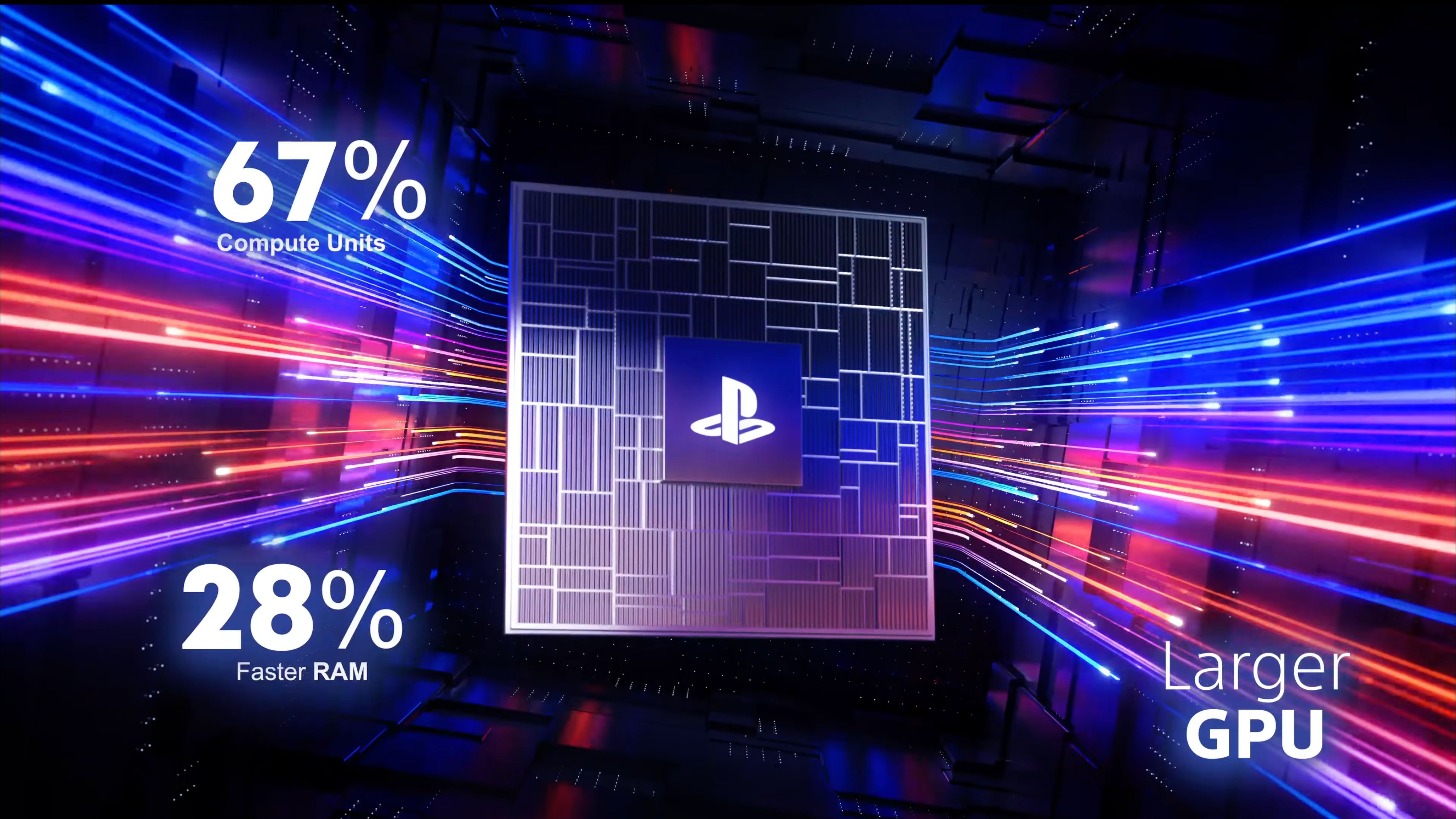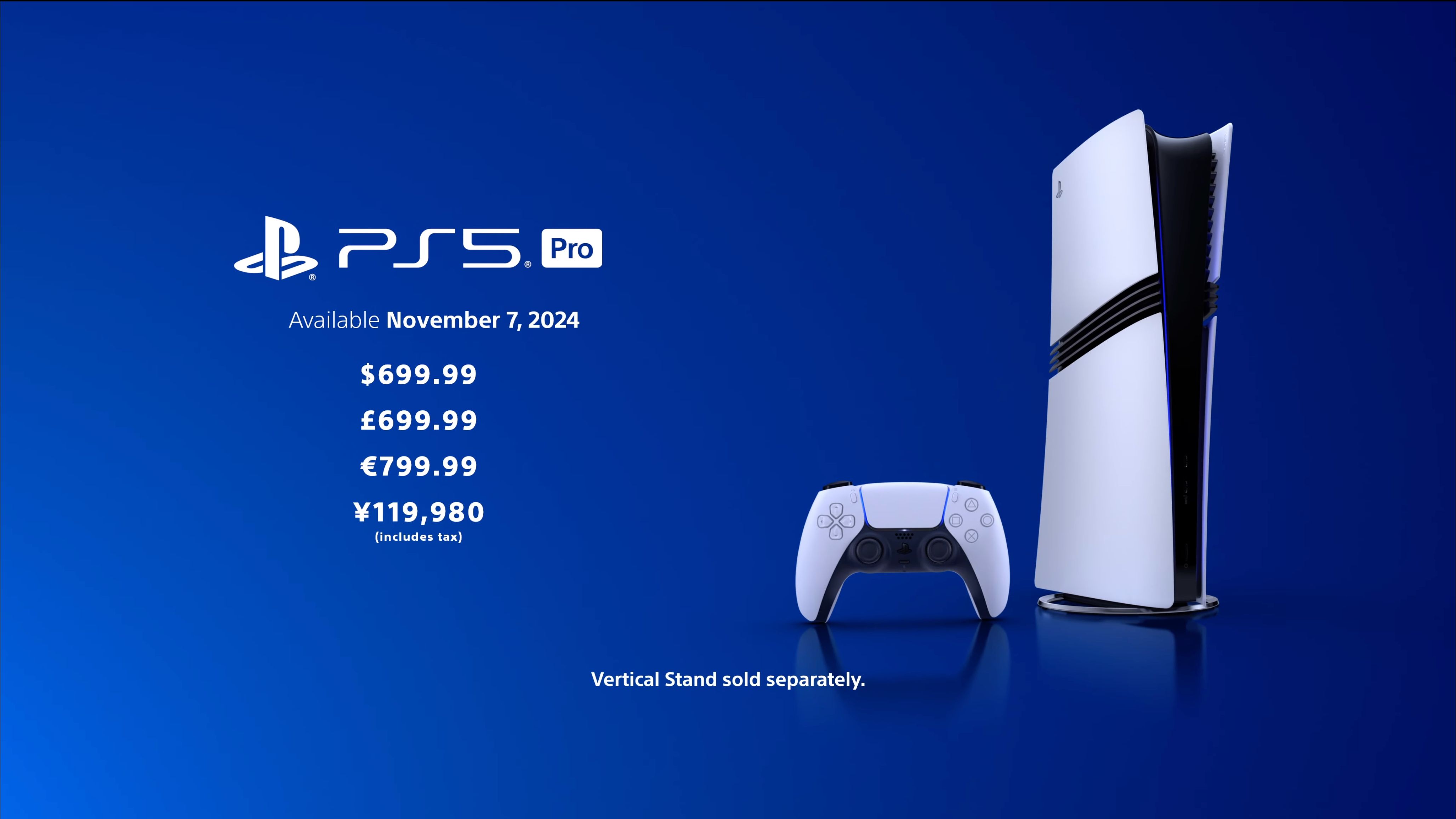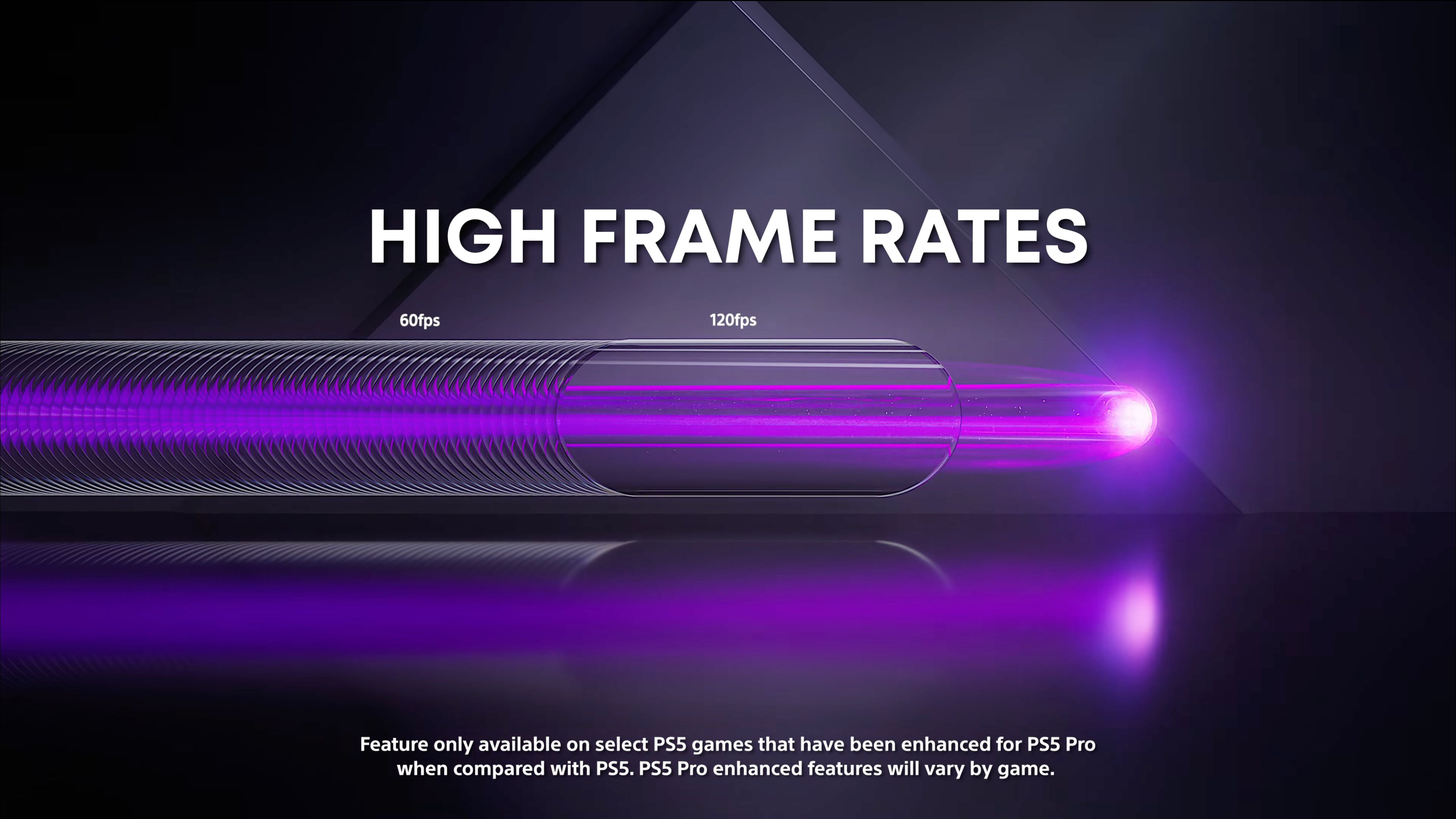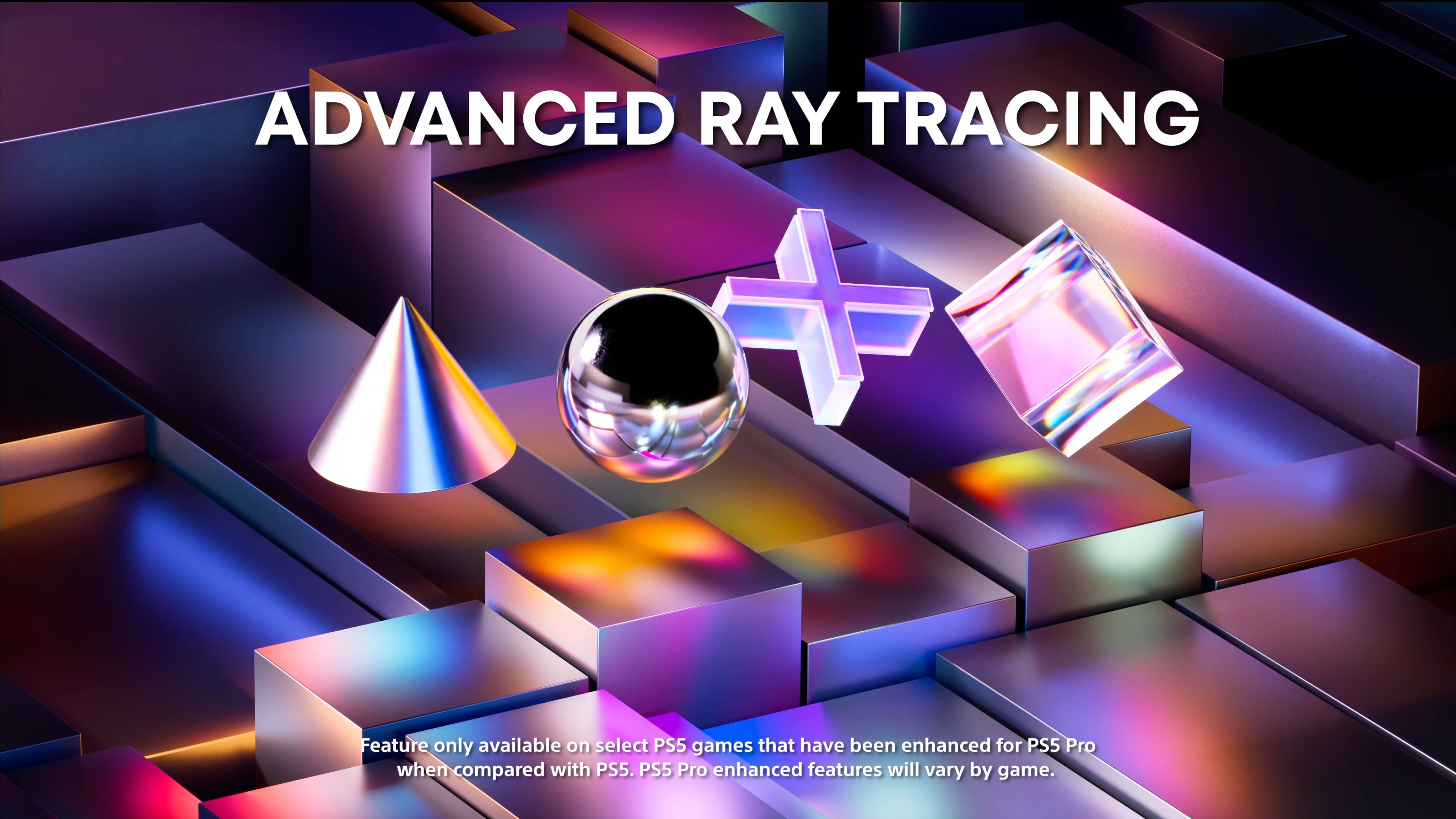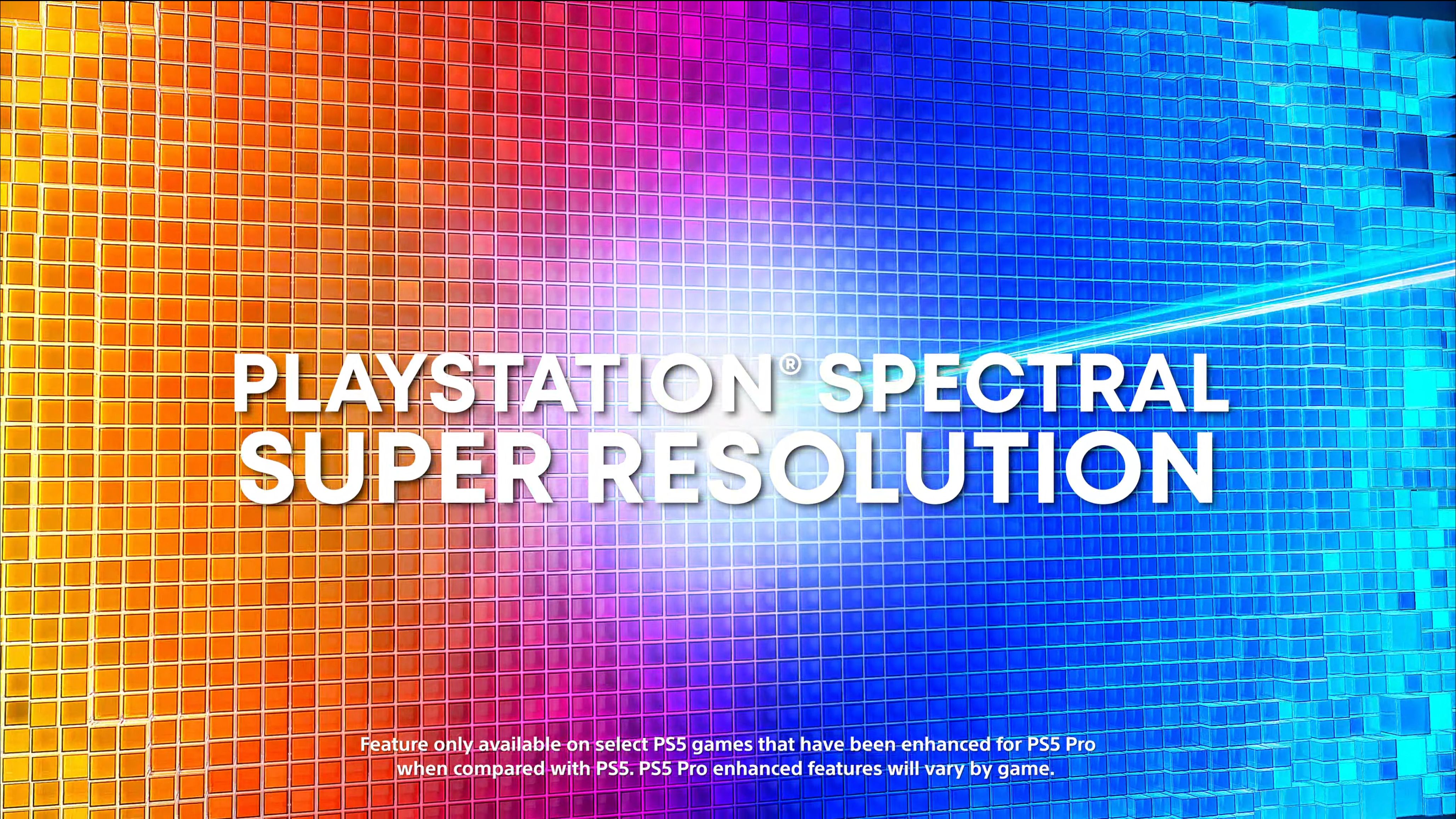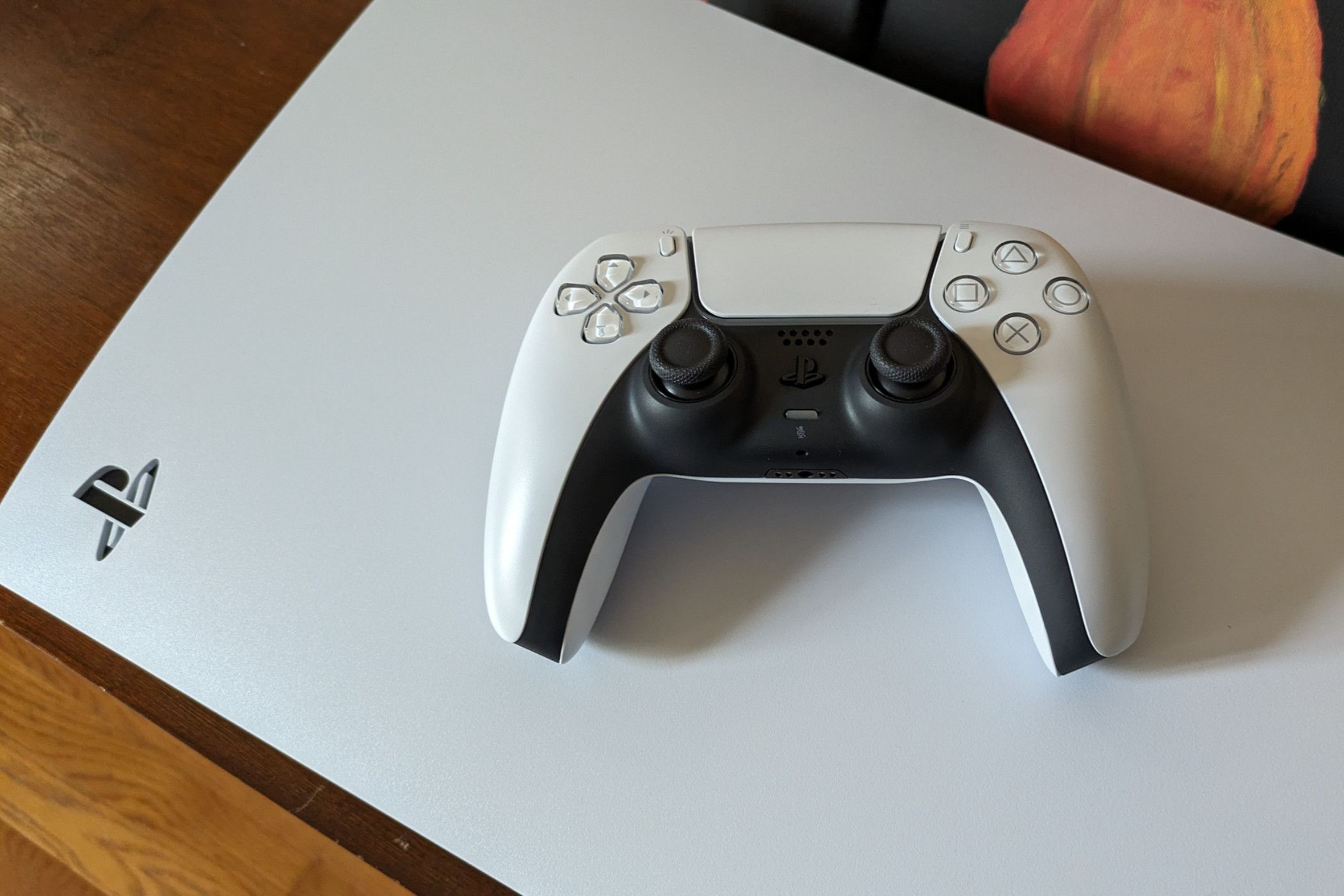Key Takeaways
- The PS5 Pro offers higher frame rates and greater visual fidelity compared with the base PS5 thanks to a GPU with 45% faster rendering, hardware-accelerated upscaling, and advanced ray tracing possibilities.
- The PS5 Pro caters to enthusiasts seeking the best visual quality and performance but may not be essential for current PS5 owners.
- The console will retail for $700 with 2TB of storage, with a disc drive sold separately, on November 7, 2024 (pre-orders starting September 26).
Four years after the release of the PlayStation 5, Sony has introduced mid-generation console refresh in the form of the PS5 Pro. So what’s new, who’s it for, and should you buy one?
What Is the PS5 Pro?
You should think of the PS5 Pro as an enhanced version of the existing PS5 console that arrived in November 2020. It runs the same system software, comes with the same DualSense controller, and looks a lot like the original console (but now has go-faster stripes).
The PS5 Pro won’t be getting its own, exclusive titles since it’s not a true generational leap. It runs the same games as the base PS5, which means anything with “PlayStation 5” on the box (or in your Sony account) will work here. It’s important to note that the console doesn’t come with a disc drive, though you can add one just like you can with the PS5 Slim.
So what makes a PS5 Pro worthy of the “Pro” moniker? Sony’s justification is the inclusion of a beefed-up GPU that features around 45% faster rendering compared with the base model PS5. With 67% more compute units and 28% faster memory, Lead Architect Mark Cerny says that Sony is attempting to use this extra power to deliver the fidelity of a graphics mode with the high frame rates expected from a performance mode.
Key to this vision is the inclusion of hardware-accelerated upscaling, which boosts the effective resolution. Known as PlayStation Spectral Super Resolution (PSSR), the technology works a lot like NVIDIA’s DLSS, where a lower-resolution image is rendered by the GPU and then upscaled for a high-resolution (4K) display. This should result in superior results to software-based solutions like AMD’s FSR which is commonplace on the base PS5.
Sony also touted “Advanced Ray Tracing” as part of its announcement. Examples included ray-traced reflections between cars in Gran Turismo 7 at a smooth 60 frames per second, and what appeared to be ray-traced reflections in Hogwarts Legacy.
Other improvements include a bump in base storage to 2TB, support for Wi-Fi 7, and two new modes to improve a library of over 8,500 backward-compatible PS4 titles. PS5 Game Boost promises to “stabilize or improve the performance” of these titles while Enhanced Image Quality aims to boost resolution.
Of course, plenty of PS5 games will also be supported including many Sony first-party titles like The Last of Us: Part 2 which was shown running at 60 frames per second at a similar quality to the PS5’s fidelity mode, Marvel’s Spider-Man 2, and Ratchet & Clank: Rift Apart plus third-party games like Alan Wake 2 and Dragon’s Dogma 2.
A leaked spec sheet from March 2024 proved to be accurate but also included a few extra details that Sony didn’t mention in its presentation. This includes a boost to 13.7GB of system memory available to games (up from 12.5GB) and a higher memory bandwidth of 576GB/s (up from 448GB/s). The same leak also mentioned a small (10%) boost in CPU performance.
Lastly, the PS5 Pro will launch on November 7, 2024 at $700. You’ll be able to preorder on September 26.
What Does the PS5 Pro Do Better Than the PS5?
With the PS5 Pro, Sony has developed a machine that it hopes will eliminate performance mode by boosting overall frame rates in more graphically-intensive situations. Games that have been updated to take advantage of the hardware should have more stable frame rates and improved visual fidelity, particularly where upscaling is used.
The GPU upgrade should mean that the PS5 Pro can push higher resolutions and encounter fewer dips in frame rate. It’s possible that there will be PS5 Pro-specific graphical modes that support 60 or 120 frames per second that don’t appear on the base PlayStation 5. Sony specifically mentioned 120 fps gameplay in its presentation, but ultimately it’s up to developers to implement the hardware overhead however they see fit.
The PS5 Pro offers improved ray tracing performance thanks to the additional power in the GPU. Ray tracing is an all-encompassing term for a type of rendering that simulates the movement of light particles to produce more realistic shadows, reflections, and global illumination. Though it’s been absent in most games this generation, it’s set to be a big part of the gaming landscape going forward.
Don’t expect the same level of performance that you’d get on a high-end PC in terms of ray tracing, the uptick in hardware power in this upgrade simply isn’t there. The most significant improvements will likely come from hardware-based upscaling in terms of overall visual fidelity and smoother performance.
The term “8K” has also been thrown around a bit, notably by Sony in its developer documentation (the March 2024 leak). The original PlayStation 5 also has “8K” printed on the box but with the additional GPU power and a dedicated hardware upscaler, the PS5 Pro is far better positioned to drive an 8K display.
That said, very few 8K TVs are out there in the wild at this stage so don’t hold your breath.
Is the PS5 Pro a Good Upgrade?
It’s hard to wholeheartedly recommend the PS5 Pro to most PS5 owners. It might sound like a bit of a downer, but the added expense for what amounts to a relatively small boost in the graphics department likely isn’t worth it at this stage in the console’s lifespan.
To take a dim view of the upgrade, the fact that both consoles share the same (or very similar) CPU specs means that the PS5 Pro could suffer from many of the same problems that the PS5 does. Games that are CPU-limited on the PS5, like Dragon’s Dogma 2, will still be CPU-limited on the PS5 Pro.
Games will look better and achieve higher and more stable frame rates, but the gameplay experience is unlikely to change drastically. The CPU is responsible for things like pedestrian density in open-world games, NPC behavior in games like Baldur’s Gate 3, and the complex simulation model in games like Cities Skylines 2.
It might sound odd, but for some, simply being able to play a game at decent quality is good enough (and the PS5 has been chugging along just fine for four years). If you aren’t too bothered about improved ray tracing performance, more stable frame rates, and a higher overall level of visual quality then you probably should stick with the regular PS5.
That said, some people will see the benefit of the upgrade. It goes without saying that if your PS5 is where you exclusively play your games, the PS5 Pro makes a lot more sense on paper.
For enthusiasts who want the best of the best, the PS5 Pro is the console to buy. If you want the highest level of visual quality at frame rates that simply aren’t possible on the base console (and you’re not prepared to build a PC) then the PS5 Pro is the console for you. When it launches it will be the most powerful console on the market, and it’s priced accordingly.
If you can offset the price of your upgrade by selling your old PS5, you might find a price point that works for you. If you already intended to keep your PS5 and put it elsewhere in your house, that could work too. But for the money you could also get started on a PC build that rivals the power of the PS5 Pro, with more flexibility in terms of where your games come from (Steam, GOG, and other stores).
A Compelling Entry Point for Non-PS5 Owners
For anyone who doesn’t yet have a PS5, the Pro model might be the way to go. Priced at $700, the PS5 Pro costs $250 more than a base model slim PS5. For your money, you get a more powerful console and more storage. It’s the best PlayStation that Sony will release this generation, and it’ll be relevant for a few years yet before the PlayStation 6 appears.
If you’re not the sort of person who upgrades to the newest next-generation consoles as soon as they arrive, you’ll arguably be well-serviced with a PS5 Pro well into the life cycle of Sony’s follow-up. Just look at how many cross-platform titles came to define this generation of console (assuming the trend sticks, of course).
It all comes down to price, at the end of the day. If you’re comfortable spending the money, you’re not necessarily going to be disappointed. You’re getting the best version of the latest thing. Just keep in mind that you can have a very similar experience with the base model PS5 too.
How Will Games Be Affected?
The PS4 Pro, though relevant, is perhaps not the greatest yardstick this time around. When the PS4 Pro launched, the 4K TV revolution was just taking off. Gamers wanted a console that could take advantage of their new high-resolution TV, and the PS4 Pro made it happen using a simple upscaling trick.
This time around, most of us have 4K TVs and there’s very little interest in 8K. The PS5 Pro seems to be emphasizing a new level of visual fidelity and performance, though the bump in power means it’s probably not going to be as transformative as Sony would have you believe.
The PS4 Pro had a “boost mode” which allowed non-optimized games to take advantage of the added grunt. This improved performance in games that struggled to meet their frame rate targets. To really take advantage and introduce “new” features like more ray tracing options, games will need to be updated to really take advantage of the PS5 Pro’s hardware (and many have been).
Sony has already demonstrated that it will prioritize many first-party titles, but don’t expect big improvements to older titles like Days Gone or God of War (2018). It’s also safe to say big releases like GTA VI (due out in 2025) will also take full advantage of the superior hardware.
The PS5 Pro’s arrival marks the first significant hardware development in the home console space since the current generation of consoles launched in 2020. All eyes are now on Microsoft and Nintendo, both of whom have confirmed that they are working on follow-ups.


